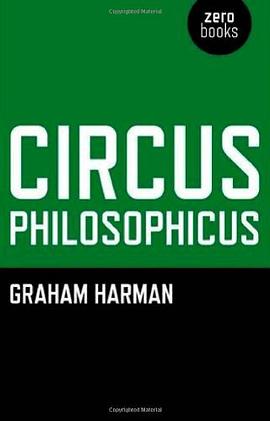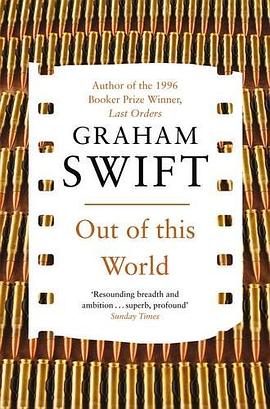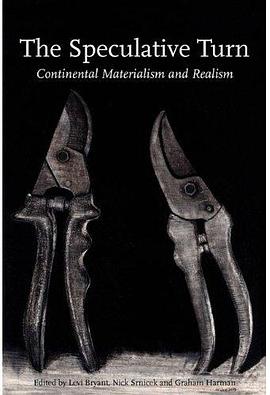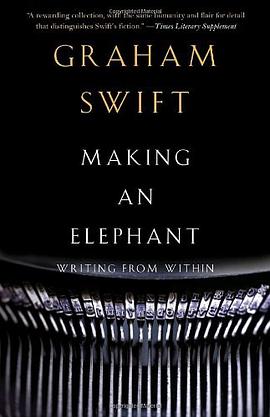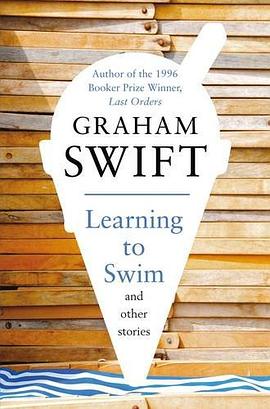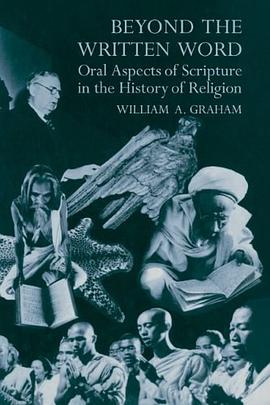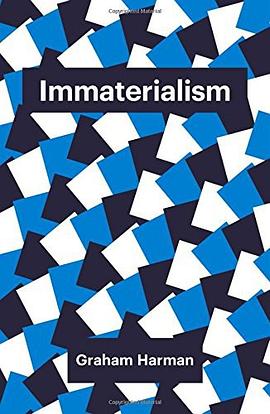

具體描述
What objects exist in the social world and how should we understand them? Is a specific Pizza Hut restaurant as real as the employees, tables, napkins and pizzas of which it is composed, and as real as the Pizza Hut corporation with its headquarters in Wichita, the United States, the planet Earth and the social and economic impact of the restaurant on the lives of its employees and customers?
In this book the founder of object-oriented philosophy develops his approach in order to shed light on the nature and status of objects in social life. While it is often assumed that an interest in objects amounts to a form of materialism, Harman rejects this view and develops instead an “immaterialist” method. By examining the work of leading contemporary thinkers such as Bruno Latour and Levi Bryant, he develops a forceful critique of ‘actor-network theory’. In an extended discussion of Leibniz’s famous example of the Dutch East India Company, Harman argues that this company qualifies for objecthood neither through ‘what it is’ or ‘what it does’, but through its irreducibility to either of these forms. The phases of its life, argues Harman, are not demarcated primarily by dramatic incidents but by moments of symbiosis, a term he draws from the biologist Lynn Margulis.
著者簡介
Graham Harman is Distinguished University Professor in Philosophy at the American University in Cairo, Egypt.
圖書目錄
讀後感
評分
評分
評分
評分
用戶評價
齣乎意料的不錯
评分OOO的社會學理論 以東印度公司為例
评分OOO的社會學理論 以東印度公司為例
评分為Thesis扯淡而讀,第一章洋洋灑灑幾百字證明我Thesis兩個齣發點是錯的,需要第三個視角來判定object relations,關鍵第三視角還沒說清(或者我沒看懂)我無語。不過介紹給瞭我OOO,算是沒白看。後段VOC因為舉的例子太無趣 實在看不下去
评分OOO的社會學理論 以東印度公司為例
相關圖書
本站所有內容均為互聯網搜索引擎提供的公開搜索信息,本站不存儲任何數據與內容,任何內容與數據均與本站無關,如有需要請聯繫相關搜索引擎包括但不限於百度,google,bing,sogou 等
© 2025 book.quotespace.org All Rights Reserved. 小美書屋 版权所有



